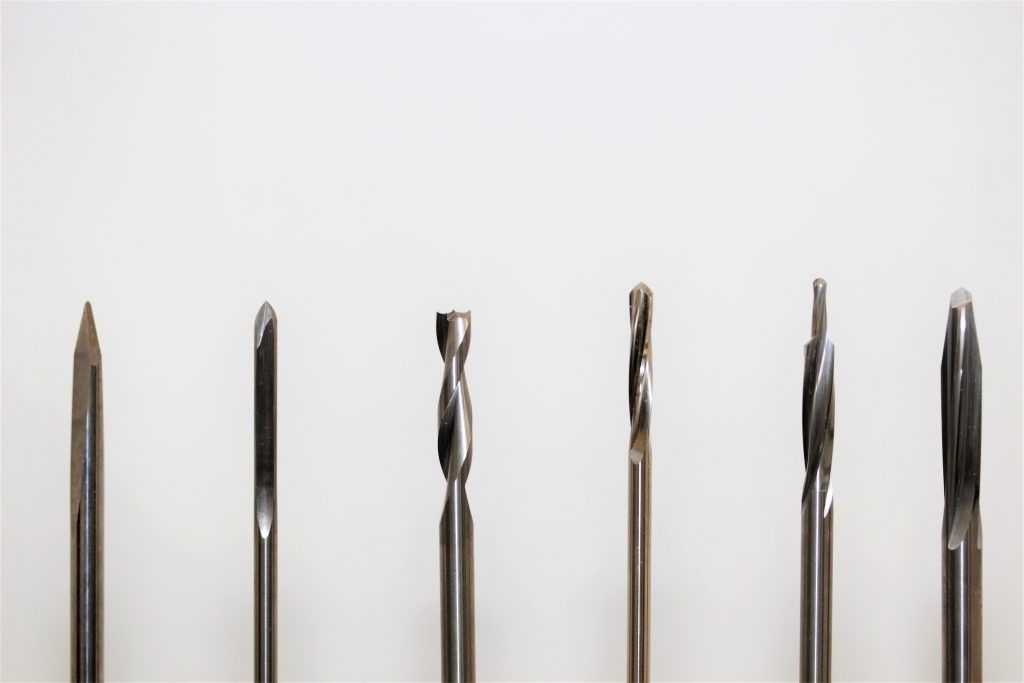Carbide or tungsten carbide, as it’s popularly known, is industrial steel applied to hardwood cutting tools such as blades and bits. It’s made from a combination of tungsten and carbide, which makes it three times stronger than the ordinary steel used in making hardwood cutting tools. Consequently, cutting tools made of carbide are much stronger and more reliable.
If you rely on high-speed steel-cutting tools, you will probably not achieve your maximum potential soon. Check out why carbide tools are better for achieving optimal efficiency.
Carbide Tools are Cost-Effective
Typically, carbide-cutting tools are expensive compared to plain steel tools. This cost difference may seem unnecessary, especially when you are used to purchasing ordinary steel tools. So how are carbide tools cost-effective?
You should consider a few factors to answer this question. The first is wear and tear. Compared to plain steel, carbide-forming compound resists wear and tear, thus reducing the need for costly replacements. Additionally, carbide tools maintain their hardness and sharpness at high temperatures resulting from the cutting speed, ensuring efficiency. And that’s not all; carbide tools are long-lasting, making them worth the additional cost.
Clean Cuts and Finishes
One of the common downsides of steel blades is that they run dull fast. If not checked, dull cutting edges can burn the wood, shatter the grain, or cause chipping. Unlike plain steel, the carbide cutting edge retains its sharpness for longer, reducing the load on the cutting machine and ensuring clean, straight cuts.
Anyone into woodwork would confirm that achieving neat cuts is vital in ensuring efficiency in woodwork manufacturing. And this is what carbide tools offer. With clean cuts, the joints will fit better and form strong bonding when glued, reducing the need for additional finishing.
Carbide Tools are Tougher
Some hardwood contains silicon and mineral particle that may damage steel blades. Other particleboards may contain sand, rock, or other debris that may be hard on a typical steel blade. But unlike the common steel, carbide tools are tough enough to cut through debris without damaging the wood or its tip.
Things like bullets, screws, and nails are common in re-purposed lumber; when hit by a common steel blade, it may never cut again. As a result, carbide tools are highly recommended for machining abrasive materials.
Easy Replacement
Blade fractures are common with steel tools; once they happen, you have no alternative but to replace the entire tool. But unlike steel blades, carbide cutting edges may go dull but do not fracture due to their hard structure. Suppose a carbide cutting tip goes bland; you can replace it with a fresh sharp tip by grinding off the dull one.
While you may spend a few dollars on the process, it is cheaper than replacing the entire tool. As a result, carbide tools have low maintenance requirements making them cost-effective in the long run.
They Have Longer Lifespan
As stated earlier, carbide is a tough compound, three times stronger than common steel. For this reason, carbide tools do not fracture upon coming across hard debris like stones, nails, or bullets. Additionally, the carbide cutting tip can be replaced without replacing the entire tool, meaning it lasts longer.
Final Thoughts
After reading this article, you realize that the overall cost of carbide tools is substantial compared to steel tools. Besides, only the cutting edge is made from carbide compound; the body and the shank are made from typical steel. For more information about carbide tools, visit https://www.suncoasttools.com/products/carbide-end-mill-cutting-tools.
You may also like
-
Mention The Traits To Look For In Three-Fold Umbrella Manufacturing Factory
-
Solutions To Resolve Fertilizer Warehouse Challenges
-
What are the benefits of hiring a scrap trader?
-
How To Choose The Best Tool Provider For Your Machines
-
How Truck Load Shipping Can Revolutionize Your Supply Chain Management
 Risk Takers’ Playground: Navigating the Highs and Lows of Hedge Fund Hype
Risk Takers’ Playground: Navigating the Highs and Lows of Hedge Fund Hype  Learn More About Binance
Learn More About Binance  Mastering the Stock Market: Insights from a Professional Investor – Kavan Choksi Professional Investor
Mastering the Stock Market: Insights from a Professional Investor – Kavan Choksi Professional Investor 

